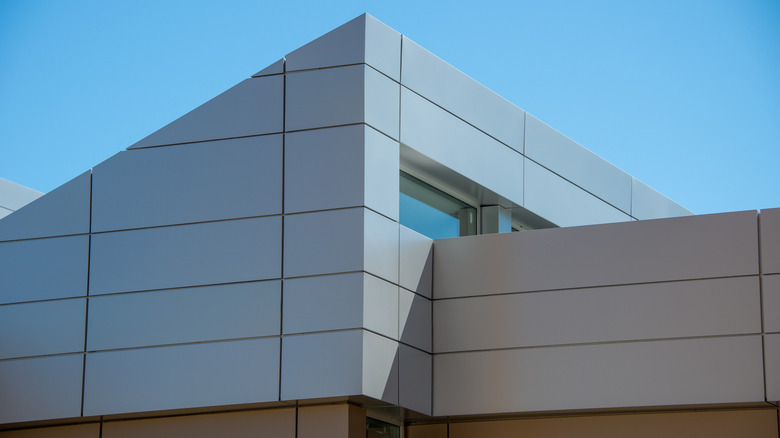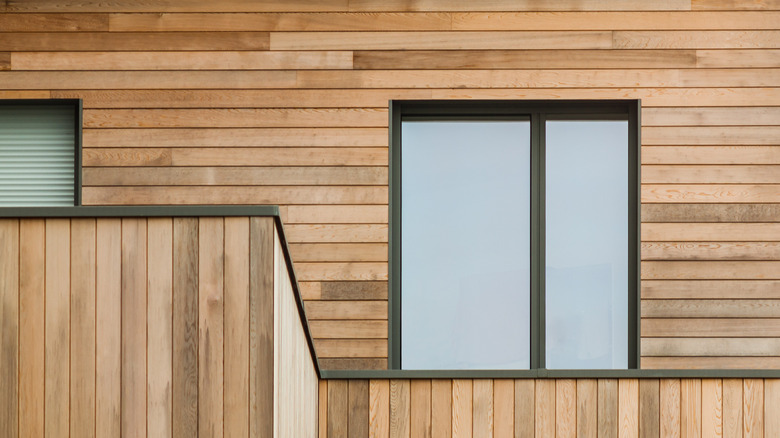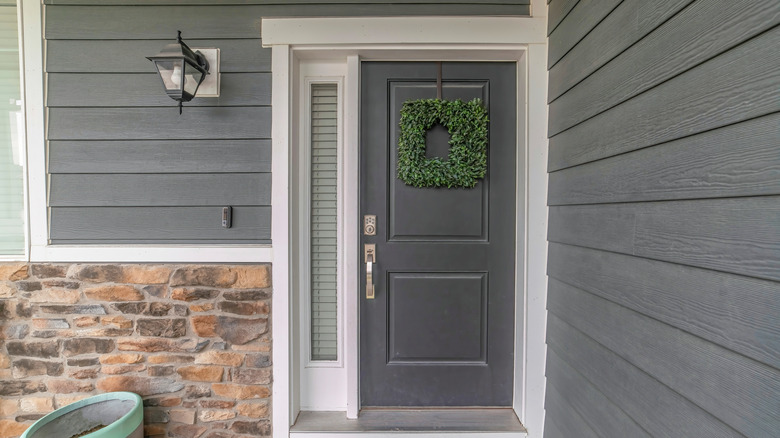Why You Should Consider Using Exterior Wall Cladding
Exterior wall cladding has grown in popularity among architects and designers in recent years. According to home-improvement retailer RONA, wall cladding is mainly a way to protect the external walls of a building from weathering and other types of damage they may be subject to. It also protects a building's interior. Additionally, cladding can also add aesthetic value to a building.
As Build With Rise explains, wall cladding may also commonly be referred to as siding, while noting that wall cladding consists of several different layers, such as a plastic layer to keep moisture out, an insulation layer, vapor barriers, and more.
So, now that you know a little bit about what wall cladding is, you're probably wondering whether to use wall cladding or not. What are the benefits? What options do you have? We've answered all these questions for you, so keep reading to find out why exterior wall cladding is a great choice.
Main benefits of cladding
According to laminate manufacturer Merino Laminates, exterior wall cladding has several benefits. The first and main one is the superior protection it provides. Cladding essentially acts like a second skin, so detrimental effects from certain weather conditions and the like can be curbed. Your building will be much stronger as a result of this layer.
There are even cladding options that can make your building resistant to pest attacks and vandalism. Merino Laminates notes that exterior wall cladding adds insulation; this means your building will be more energy-efficient, allowing you to save a significant amount of money on your energy bills. Per Dwell44, exterior wall cladding is easier to maintain than paint, so you won't have to spend time and money on the typical upkeep of your exterior in the future.
Freefoam also notes that exterior wall cladding systems can add an aesthetic quality to your building. In fact, this is one main reason why designers, architects, and homeowners choose to clad the walls of a building.
Cladding options are numerous
The options are many when it comes to wall cladding. Civiconcepts, a civil engineering educational resources gallery, says some of the most common materials for wall cladding are stone, vinyl, brick, fiber cement, wood, aluminum, steel, and even glass. The website notes that vinyl and fiber cement are two of the most affordable options and that fiber cement is the more durable one of the two and requires no maintenance.
Aluminum and steel also require little maintenance. Aluminum cladding is extremely lightweight and eco-friendly as it can be easily recycled. If you're interested in aesthetics, wooden cladding may be your best option. It's also eco-friendly and versatile, while providing great insulation.
According to Cladco Decking, composite cladding, uPVC cladding, and tile cladding are also options to consider. Composite wall cladding can be used both horizontally and vertically and is also easy to clean. Made from a mixture of two materials, namely wood fibers and plastic, it's environmentally friendly and is available in a wide variety of finishes and colors. uPVC (Unplasticised Polyvinyl Compound) is another option that needs very little maintenance, is quick to install and is also known for being fire-resistant.


